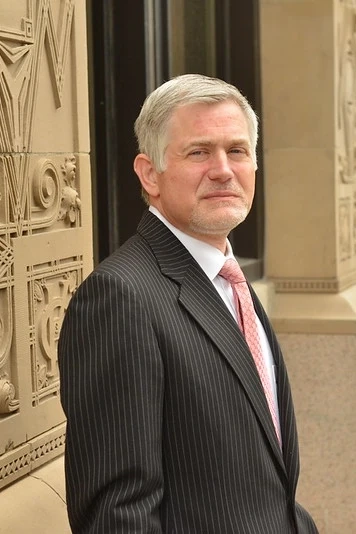The University of Michigan released the results of its sexual misconduct surveys. Sexual assault is remarkably under reported. In 2012, to combat rising levels of sexual assault, the White House recommended that all universities give surveys to their students. These surveys inform students, parents, administrators, and police about sexual misconduct and assault in all manifestations, from forcible rape to verbally coerced sex. These surveys give universities data from which they can design programs to instill appropriate sexual behavior.
(Article continues below Infographic)
Rates of sexual assault on college campuses
The University of Michigan study, one of the few schools to publish survey results, found that 20 percent of its female undergraduates experienced sexual assault. This past October, MIT published its survey results and found that 17 percent of female students experienced unwanted sexual contact. Similarly, the University of New Hampshire found that 16 percent of its female students experienced sexual assault via force, threats or intoxication.
Each survey uses different questions, so comparing one survey to the next is difficult. However, these results do illustrate that there is a trend of sexual assault on college campuses. This trend is not isolated to a particular university or region, it is present throughout the United States. According to the White House, which cited The 2007 Campus Sexual Assault Study, reported that 19 percent of female students reported being victims of sexual assault or misconduct.
Role of verbal coercion in sexual assault
The University of Michigan study found that ten percent of surveyed female undergraduates suffered unwanted sexual contact as a result of verbal coercion or pressure. The survey defined “verbal pressure” to include: threatening to spread rumors, threatening to end a relationship, lying, criticizing appearance or sexuality, getting angry and showing displeasure. The survey deliberately kept the threshold for “verbal threat” high to measure the most serious cases.
This was the first major University study that illustrated the role that verbal pressure plays in sexual assault. It also spurred the University of Michigan to expand the healthy sexual relationship training seminars that it already offers to all incoming students. These studies are constantly evolving and refining as universities struggle to tackle campus assaults.
Sexual assault can occupy a gray area; not every assault is forced or intoxicated. Women can feel pressured into unwanted situations through coercion and verbal threats.






